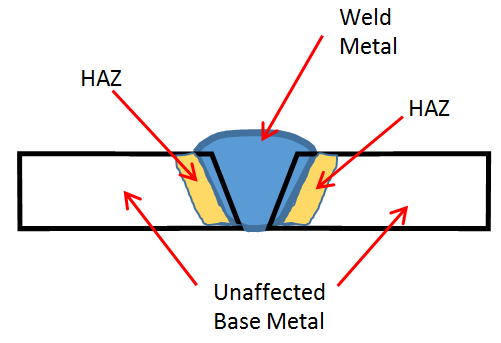Understanding Why Your Welds Crack – Part 3
Location of Cracks

In our previous two articles we talked about categorizing cracks based on when they occur and in which direction they propagate. Today on our third and final article on understanding why your welds crack we look at the importance of location. If you want to review or if you missed our previous two articles simply […]

